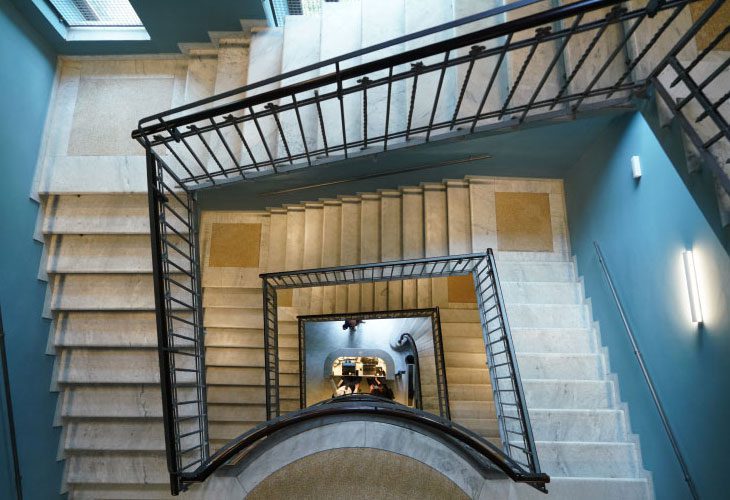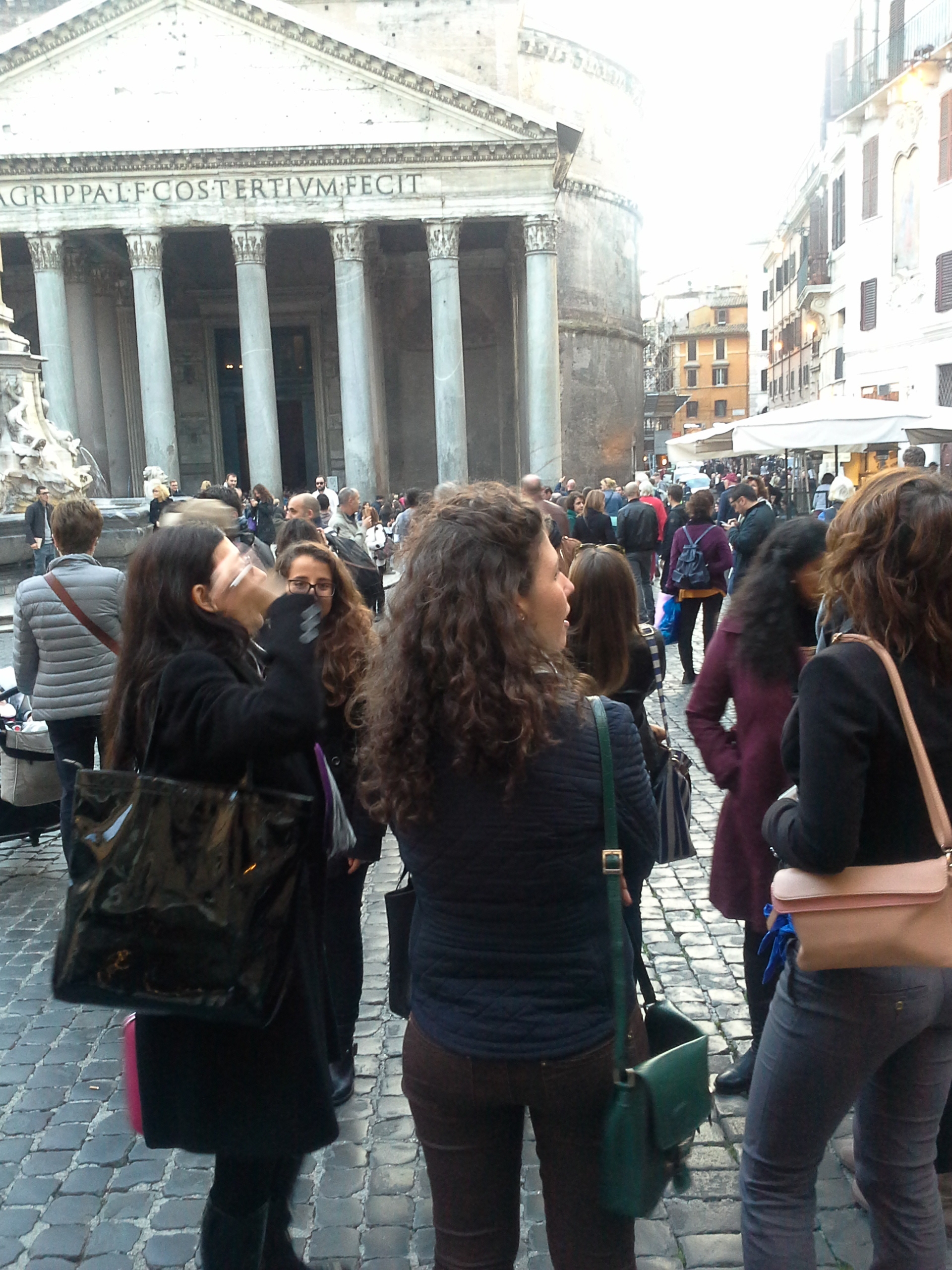The Rome Business School visits the “Ara Pacis”

“Leadership, propaganda and art: Octavian Augustus, the founder of the Roman Empire”
On Saturday the 22nd of November, the new edition of the “LeARnTo” programme started. Through this unique programme, the Rome Business School aims at using the rich training potential of art as a means to dispel barriers and stereotypes, as a way to facilitate communication, to develop creativity and as an opportunity for personal and collective insights. Methods that bring about learning through art make it possible to access knowledge through the exploration of new and original perspectives and to enter into a relationship with others in a considerate, unique and, most of all, entrepreneurial fashion.
Following a lecture on the main milestones of Roman history and an introduction to the visits that will make up the programme, entitled “Leadership, propaganda and art: Octavian Augustus, the founder of the Roman Empire”, Project Manager Laura Rizzi led the students in a pleasant walk through the fascinating streets of the Campo Marzio, including stops at Piazza Navona and the Pantheon.
 Then, the group arrived at the “Ara Pacis Augustae”, the splendid altar commissioned by the Roman Senate on July 4, 13 BC to mark the return of Augustus to Rome. Not only is it one of the finest example of Roman art but one that reflects the values and spreads many powerful political messages connected to the new Golden Age of Augustus. The Ara’s decoration conveys symbolic meanings covering several levels of significance: Romulus and the foundation of Rome, the link with the ancient myth of Troy, the new Peace and prosperity, the role of Augustus, founder of the new Rome and the members of the Julio-Claudian family, his heirs and successors to power.
Then, the group arrived at the “Ara Pacis Augustae”, the splendid altar commissioned by the Roman Senate on July 4, 13 BC to mark the return of Augustus to Rome. Not only is it one of the finest example of Roman art but one that reflects the values and spreads many powerful political messages connected to the new Golden Age of Augustus. The Ara’s decoration conveys symbolic meanings covering several levels of significance: Romulus and the foundation of Rome, the link with the ancient myth of Troy, the new Peace and prosperity, the role of Augustus, founder of the new Rome and the members of the Julio-Claudian family, his heirs and successors to power.
For the Rome Business School’s students it was a true chance to breathe in the atmosphere and culture of Ancient Rome, as an asset for their personal and cultural growth.
The teaching value of art stems from its innate capability to generate a multitude of educational processes in individuals and stimulate a vast array of forms of learning. Art can be the context within which to nurture expressive potentialities and observational and relational capabilities, the starting point for an “artistic/educational” journey through which the cognitive experience can be focused upon integrating in an international professional sphere. In fact, through art, it is possible to learn to communicate by means of a universal language, by which differences become assets. In conjunction with an interactive educational design context, learning through art makes it is possible to pursue an even more innovative educational integration between technical and communicational training.




